The WAEC syllabus for Carpentry and Joinery is the topic you must study to sit for the examination. It contains the aims and objectives, notes and format for the Carpentry and Joinery exam.
Studying the Carpentry and Joinery syllabus is necessary for your exam preparation. It will serve as a guide for you to know the topics to read. There are also notes on concepts you should pay attention to learning.
Exam preparations without using the Carpentry and Joinery Works syllabus are like going to the farm without your agricultural tools. You will end up not being productive.
Ensure you begin your exam preparations using the syllabus.
This post contains the Carpentry and Joinery syllabus and recommended textbooks of the West African Examination Council (WAEC).
Let me know in the comment section if you have any questions. I will love to hear from you.
Table of contents
WAEC Carpentry and Joinery
There will be three papers, Papers 1, 2 and 3, all of which must be taken. Papers 1 and 2 will be composite papers to be taken in one sitting.
Paper 1: will consist of forty multiple-choice objective questions all of which are to be answered in 45 minutes for 40 marks.
Paper 2: will consist of two sections, Sections A and B to be answered in1 an hour 30 minutes for 60 marks.
Section A: will consist of five short-structured questions all of which are to be answered in 30 minutes for 20 marks.
Section B: will consist of three questions.
Candidates will be required to answer any two in 1 hour for 40 marks.
Paper 3: will be a practical test of 2 hours duration. It will consist of two questions out of which candidates will be required to answer one for 100 marks.
A list of materials for the test shall be made available to schools not less than two weeks before the paper is taken for material procurement and relevant preparations.
Alternative to Practical
Alternatively, in the event that materials for the actual practical test cannot be acquired, the Council may consider testing theoretically, candidates’ level of acquisition of the practical skills prescribed in the syllabus.
For this alternative test, there will be two sets of compulsory questions to be answered in 1½ hours for 100 marks.
WAEC Carpentry and Joinery Syllabus
| S/NO | Content | Notes |
|---|---|---|
| 1 | Workshop and worksite safety (a) Workshop Rules and Regulation (b) First Aid (c) Worksite Safety |
Safety practices (personnel)
Safety devices (preventive and protective devices) Safety rules (machines) Workshop layout. Types of first aid materials. Worksite aids e.g. ladder, steps, scaffolding, etc. Worksite hazards |
| 2 | Tools, Machines and Maintenance (a) Hand Tools (b) Portable power tools and maintenance (c) Machines and maintenance |
Woodwork hand tools (e.g., cutting tools, drilling tools, measuring and marking out tools, etc)
Types of portable power tools e.g. jigsaw, sanders, portable power saws, etc. Uses of hand tools and portable power tools. Maintenance and precautionary measures for hand tools. Sketches of hand tools or portable power tools may be required. Types and uses of machines in carpentry and joinery workshop. |
| 3 | Materials: types and uses of (a) Timber; (b) Adhesives; (c) Ironmongery. e.t.c |
Growth and structure of timber.Conversion, seasoning and uses of timber.
Common defects in timber and their remedies.Reasons for seasoning timber. Preservation and preservatives.Veneer and manufactured boards. Types of adhesives; uses and characteristics (e.g. animal glue, casein glue, ureaformaldehyde). Types of ironmongery (sketches may be required) e.g. screws, nails, hinges and locks. Fixing of hinges and locks (specification for ordering nails may be required). |
| 4 | Construction principles and Techniques
Timber preparation Joints Doors and windows Form work and centering Estimating and costing Wall panelling, cladding and partitioning Pre-fabricated building Stairs, handrail and balusters Scaffolding and ladder Estimation and costing |
The sequence of timber preparation to sizes (plane wood surface to flatness and edge to planesquareness).
Sketching and developing working drawings. Interpreting simple working drawings of wood projects. Common woodwork joints, construction and uses. Simple project requiring specified joint.Types of doors and windows. Types of formworks, identification, construction and uses. Identification, design or construction of centres for arches.Purpose of timbering. Cost analysis of simple projects e.g. centre table, stool. |
| 5. | Finishes and Finishing (a) Abrasive (b) Finishes (c) Finishing |
Abrading tools
Types and grades of abrasives Uses of abrasives Selection of grades of abrasives Types of finishes e.g. varnishing lacquer, paints, etc. Characteristics and application of finishes Finishing tools – spray gunFinishing process e.g. scraping, filling, sanding and staining. Simple project work involving finishing. |
| 6 | Business Opportunities in Carpentry and Joinery Trade (a) Furniture making (b) Material supply and merchandising (c) Contract work |
(i) Project work with commercial value e.g. dining table, doors, etc.
(ii) Description of a standard small scale workshop (layout/equipment). |
Equipments Required
LIST OF FACILITIES AND MAJOR EQUIPMENT/MATERIALS REQUIRED:
| ITEM NO. | EQUIPMENT | QUANTITY REQUIRED |
| 1. | Standard Workshop with a good layout and ventilation | 1 |
| 2. | First aid box | 1 |
| 3. | Chart showing Safety Practices in Carpentry and Joinery Workshop | 3 |
| 4. | Complete Tool box | 3 |
| 5. | Work Bench | 3 |
| 6. | G Clamp or F Clamp | 10 |
| 7. | Safety Equipment – Fire extinguisher, Fire bucket | 1 each |
| 8. | Ratchet Brace or Wheel Brace | 2 |
| 9. | Hand Vice | 10 |
| 10. | Bench Vice | 6 |
| 11. | Rip Saw | 5 |
| 12. | Panel Saw | 5 |
| 13. | Crosscut Saw | 5 |
| 14. | Fret Saw | 3 |
| 15. | Coping Saw | 2 |
| 16. | Bow Saw | 2 |
| 17. | Tenon Saw | 10 |
| 18. | Dovetail Saw | 5 |
| 19. | Jack Plane | 5 |
| 20. | Smooth Plane | 5 |
| 21. | Plough Plane | 2 |
| 22. | Rebate Plane | 2 |
| 23. | Grooving Plane | 2 |
| 24. | Crow Bar | 2 |
| 25. | Try Square | 5 |
| 26. | Mitre Square | 3 |
| 27. | Sliding Bevel | 3 |
| 28. | Marking Gauge | 3 |
| 29. | Mortise Gauge | 3 |
| 30. | Pincers | 2 |
| 31. | Tape Rule(Metric) | 2 |
| 32. | Firmer Chisel | 2 Sets |
| 33. | Mortise Chisel | 2 Sets |
| 34. | Carving Chisel | 2 Sets |
| 35. | Centre bit | 2 Sets |
| 36. | Twist bit | 2 Sets |
| 37. | Drill bit | 2 Sets |
| 38. | Star screw driver | 2 Sets |
| 39. | Long-nose pliers | 2 |
| 40. | Combination plier (flat-nose) | 2 |
| 41. | Flat screw driver | 2 Sets |
| 42. | Spoke shave | 2 |
| 43. | Claw Hammer | 2 |
| 44. | Cross Pein Hammer | 2 |
| 45. | Ball Pein Hammer | 2 |
| 46. | Scriber | 2 |
| 47. | Steel rule | 2 |
| 48. | Inside caliper | 1 |
| 49. | Outside caliper | 1 |
| 50. | Allen key | 1 Set |
WAEC Recommended Textbooks
LIST OF RECOMMENDED TEXTBOOKS
| S/N | TEXT BOOK | AUTHOR |
| 1 | BRIAN PORTER & CHRISTOPHER TOOKE 3rd Edition (Bks 1,2 and 3) | |
| 2 | WOOD TRADES (Part 1 and 2) | A.Y.EMARY |
| 3 | CARPENTRY AND JOINERY (Bks 1 and 2) | DAVID R.BATES |
| 4 | THE THEORY AND PRACTICAL OF WOODWORK 3rd Edition | GEORGE LOVE |
| 5 | JOINERY | W.B.MACKAY |
| 6 | CARPENTRY | W.B.MACKAY |
| 7 | CARPENTRY AND JOINERY (Bks 1,2 and 3) | R.BAYLISS |
| 8 | WOODWORK IN THEORY AND PRACTICAL | JOHN A.WARTOR |

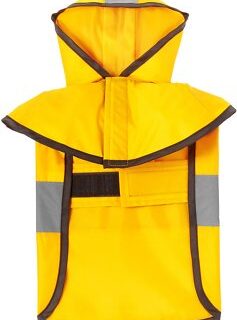



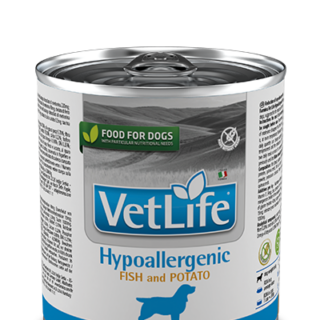
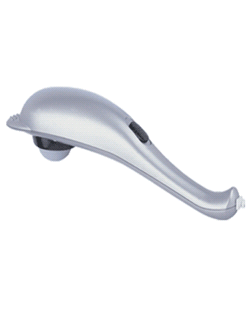
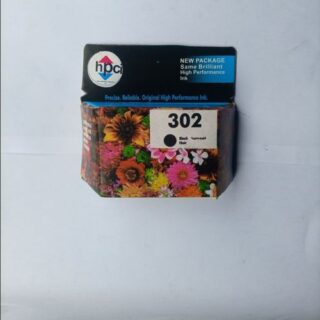
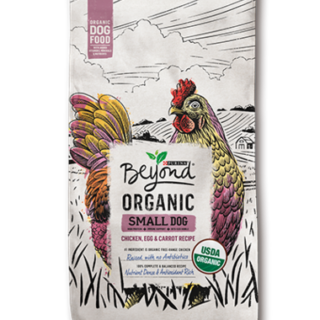

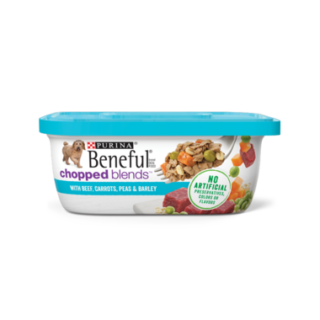

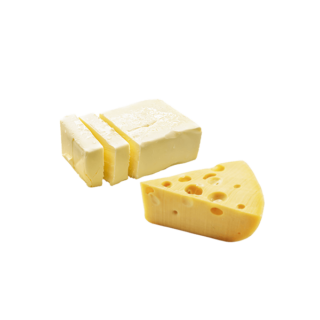
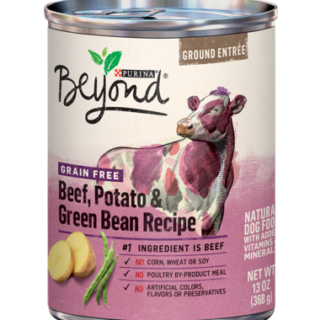



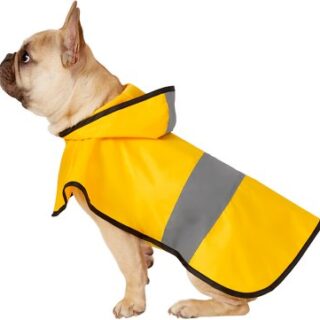

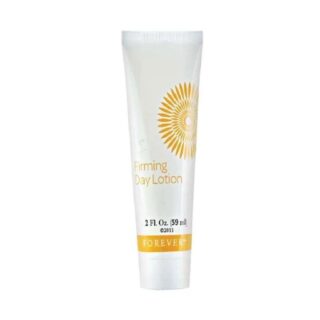

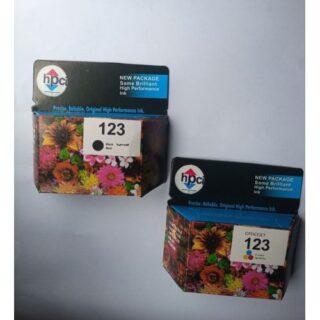
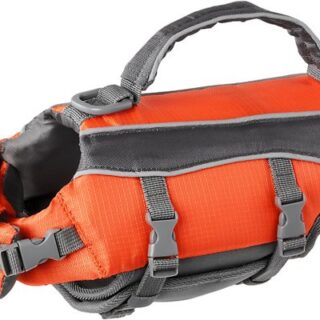

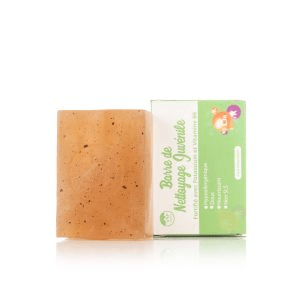




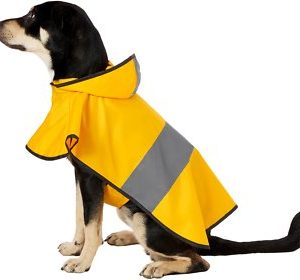
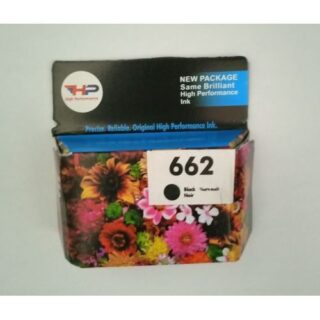


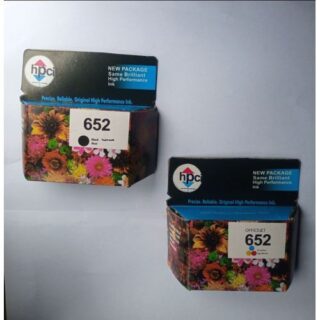


Leave a Reply
You must be logged in to post a comment.